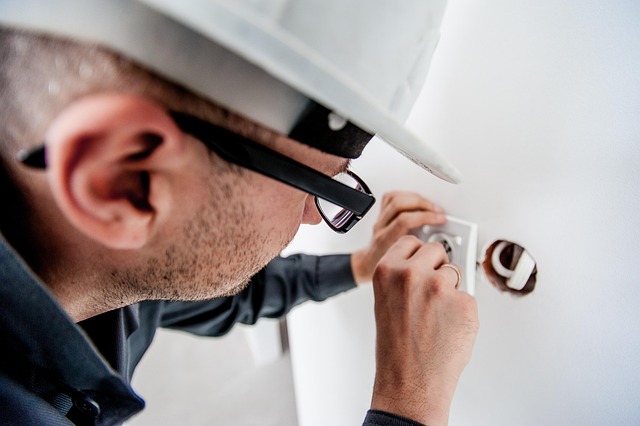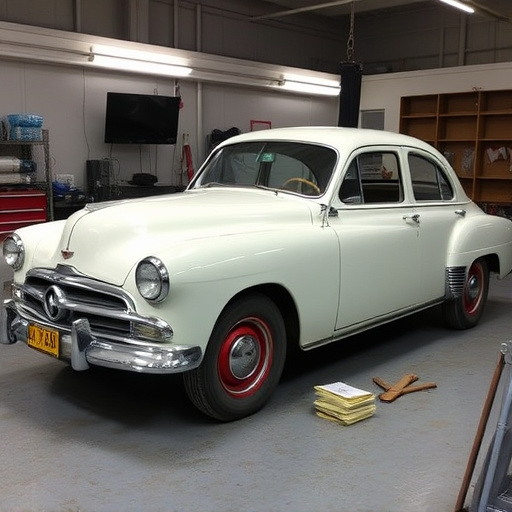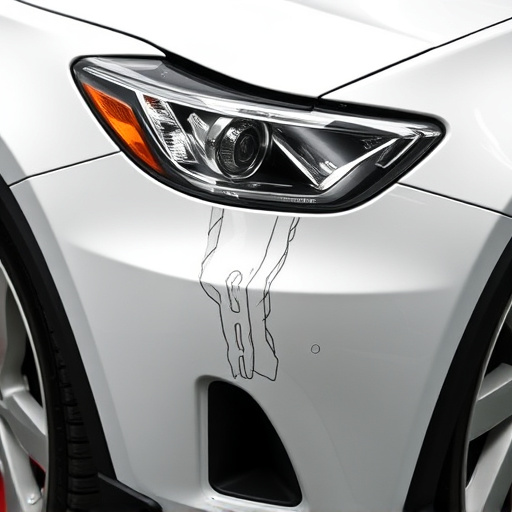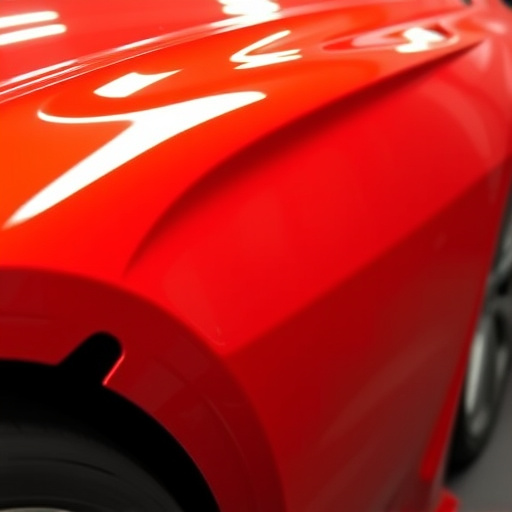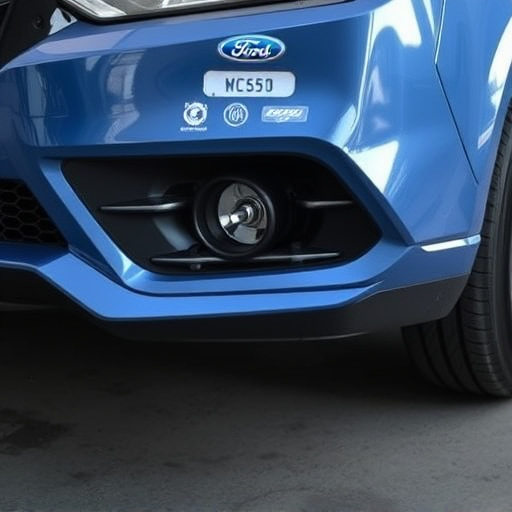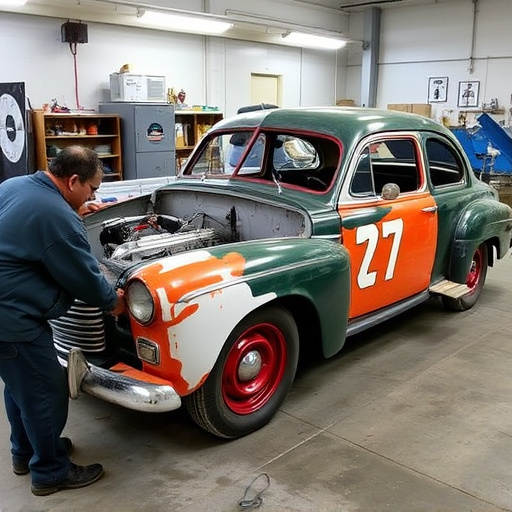When deciding between PDR for minor dents and traditional repair, consider non-invasive PDR for surface-level damage, preserving finish, but note its limitations for severe cases. Traditional methods offer structural integrity but may leave visible marks. Choice depends on dent size, depth, location, budget, and desired outcome, with PDR being cost-effective for quick repairs while preserving vehicle value.
“Uncover the truth behind common misconceptions about PDR (Paintless Dent Repair) for minor dents. This innovative technique has revolutionized car repair, offering a cost-effective and efficient solution for cosmetic damage. In this article, we debunk popular myths surrounding PDR, comparing it to traditional repair methods and exploring its capabilities to fix various dent types. Get ready to discover why PDR is an excellent choice for minimizing costs while restoring your vehicle’s pristine condition.”
- PDR vs. Traditional Repair: Which is Better?
- Can PDR Fix All Types of Dents?
- Is PDR Cost-Effective for Minor Damage?
PDR vs. Traditional Repair: Which is Better?
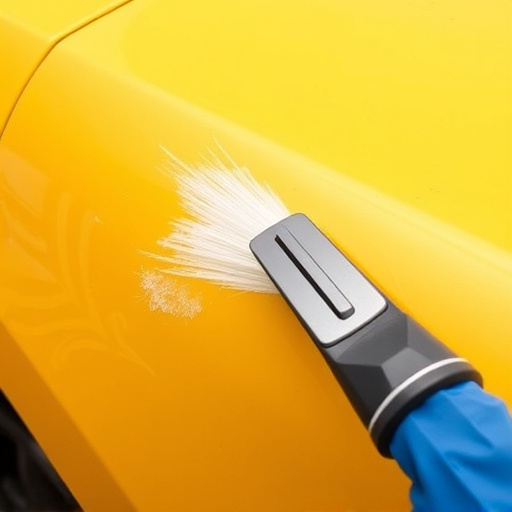
When it comes to repairing minor dents, two common methods often spark debate among car owners and automotive enthusiasts: PDR (Paintless Dent Repair) versus traditional repair techniques. Many believe that for slight imperfections, PDR is the superior choice due to its non-invasive nature and ability to preserve the original factory finish. This method involves skilled technicians using specialized tools to gently push the dented panel back into place without sanding or painting, resulting in minimal disruption to the car’s overall appearance.
On the other hand, traditional repair methods, often involving more extensive work for deeper or more complex damage, have their merits. These conventional techniques can handle a wider range of car damage repairs, including replacing panels and using body fillers. While they might leave visible evidence of the previous incident, fleet repair services or classic car restoration specialists argue that thorough, traditional methods ensure structural integrity and offer long-lasting solutions. Ultimately, the choice between PDR for minor dents or traditional repair depends on the specific needs, budget, and desired outcome of each vehicle owner.
Can PDR Fix All Types of Dents?
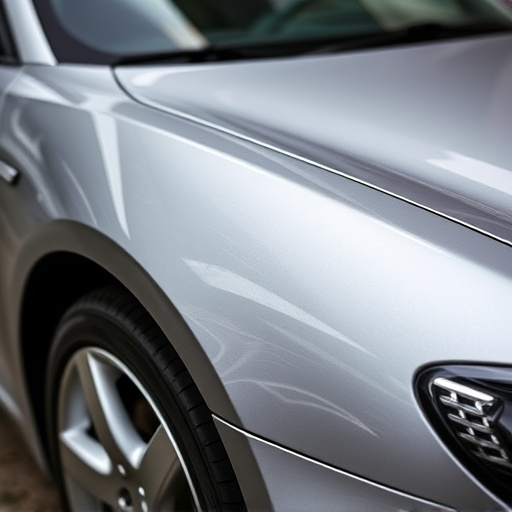
While many people think of PDR (Paintless Dent Repair) as a magical fix for all car dents, it’s essential to understand its capabilities and limitations. Not every dent can be successfully treated with PDR, especially when it comes to severe or deep damage. Collision repair centers and car body shops often deal with various types of dents, from minor nicks and scratches to major creases and buckles. For minor dents, PDR is typically an excellent option, as it preserves the original factory finish and avoids the need for extensive paintwork. However, for deeper or more complex dents, other methods like traditional panel replacement might be required to ensure structural integrity and a flawless repair.
Car body shops often assess each dent case individually, considering factors such as the size, depth, location, and age of the damage. PDR for minor dents is a highly skilled process that requires specialized tools and techniques. It’s not suitable for all car bodywork repairs, but when applied correctly, it can restore cars to their pre-accident condition, saving time and money compared to traditional collision repair methods.
Is PDR Cost-Effective for Minor Damage?
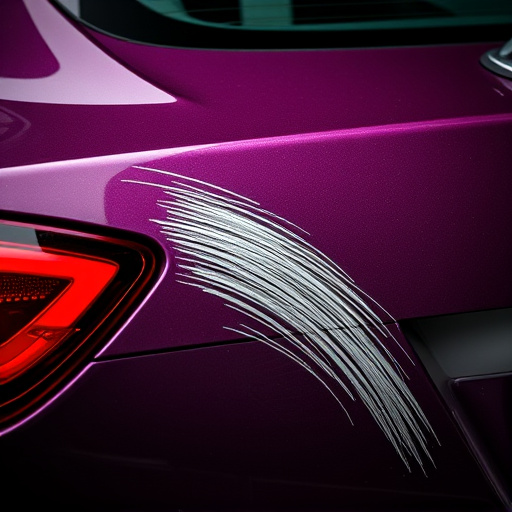
Many people believe that Professional Dent Repair (PDR) is only suitable for severe dents and not cost-effective for minor ones. This myth could not be farther from the truth! PDR, or paintless dent repair, is a highly effective and cost-saving method for repairing all types of dents, including minor ones. It involves specialized techniques to reshape metal without painting or replacing parts, which significantly reduces labor costs compared to traditional collision repair at an automotive body shop.
Unlike the process of removing and repainting panels at a collision repair center, PDR for minor dents can often be done quickly and with minimal disruption to your vehicle’s original finish. This not only saves money but also ensures that your car retains its value and looks like new. So, if you’re considering car dent removal options, remember that PDR is an excellent choice, especially for those nicks and dings that don’t require extensive automotive body shop work.
While PDR (Paintless Dent Repair) has gained popularity for its effectiveness on minor dents, it’s not a universal solution. As this article has shown, PDR is cost-effective and eco-friendly compared to traditional repair methods. However, it may not be suitable for all dent types or sizes. For smaller dents, PDR offers a quick, hassle-free option that preserves your vehicle’s original paint job. When considering PDR for minor dents, weigh the benefits against the limitations to make an informed decision.
